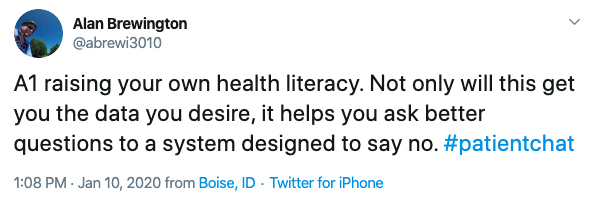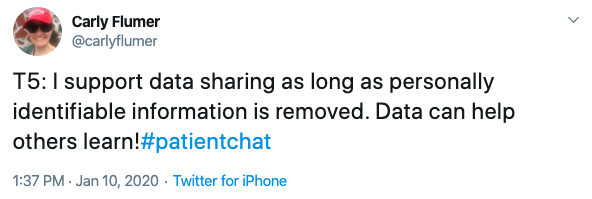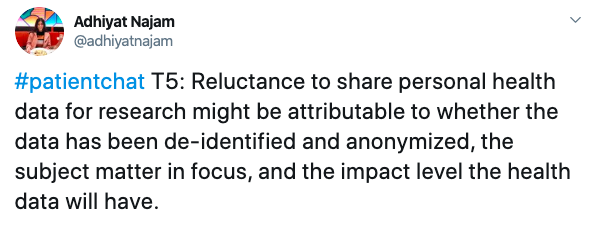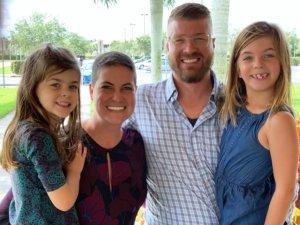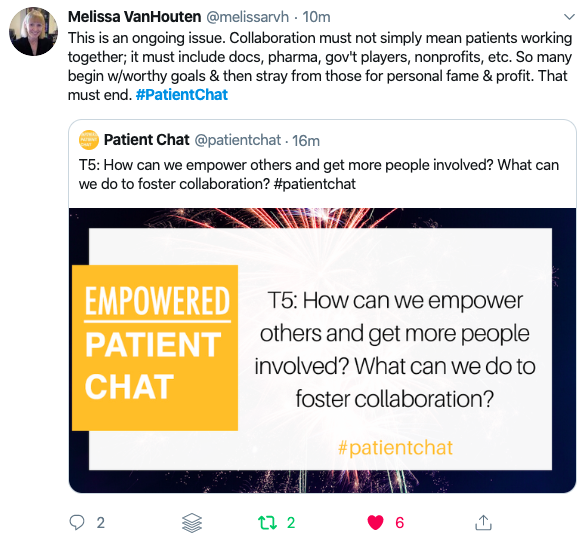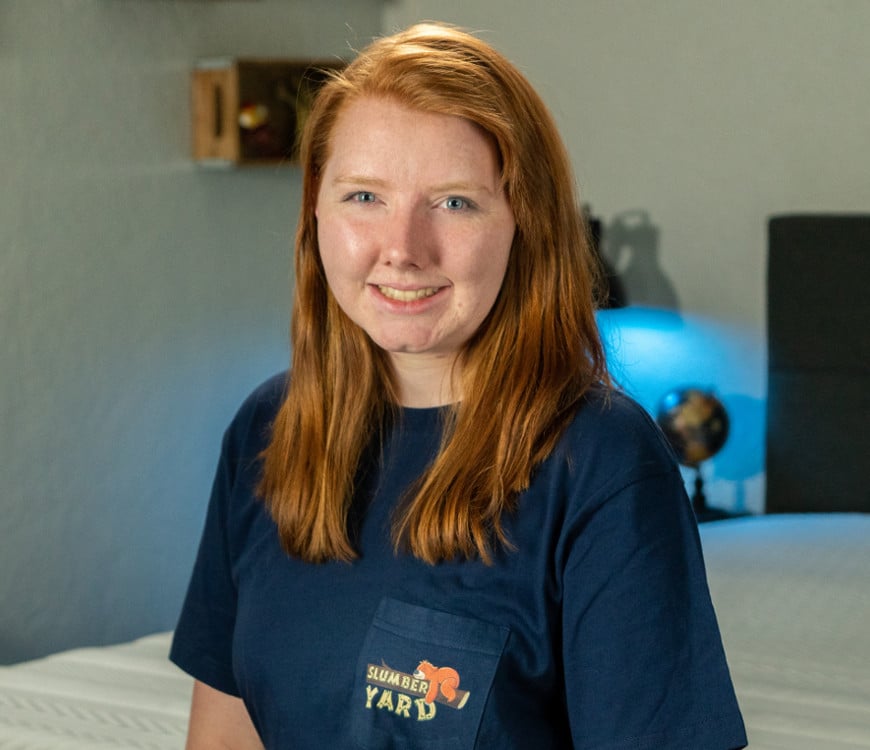We all deal with stress in our own way.
Personally, I’ve been set on a downward spiral from something as simple as a negative thought. And although I still have hard days, I can say yoga has made these stressful times far easier to manage and few and far between.
While yoga isn’t a cure-all, it can make a tremendous impact on how you deal with stress, where you store it in your body, and how happy you are throughout the day. If you haven’t given it a serious try, I strongly suggest committing to this simple, 5 pose routine and doing it every day for the next week. It only takes about 10-15 minutes and requires no prior yoga knowledge.
Let’s have a look…
Why does yoga help with stress?
Most of us store stress in our neck, upper back and shoulders. Many of us also sit at desks for the majority of our days. This leads to bad posture which further exacerbates the tension in our back, neck, and shoulders.
Yoga helps you release tension and stress in those areas, strengthen your muscles and take a moment to focus on your breath. This is doubly important if you’re already experiencing burnout and overwhelm.
When you perform a pose like forward bend or plank, you take deep breaths that trigger a relaxation response in your body. You also strengthen your core which leads to improved posture and physiology.
If you had to picture a depressed or stressed person, you’d probably imagine them looking down, bad posture, and breathing shallow, etc. Something as simple as better posture actually improves your body’s response to stress.
These are just a few ways yoga helps to reduce stress but, I encourage you to try it yourself and report back to us.
Do you need any special equipment?
The short answer is no. If you have a carpet or a soft surface, then you really don’t need anything.
However, there are things that can assist in your practice.
For example, a yoga mat may help you by improving cushioning on your joints as well as giving you a stable surface to practice on. Yoga blocks and straps can help you build form and give you something to hold onto. An anti-gravity yoga swing can help you maintain balance and stability in a number of poses. And a yoga wheel can help you with more advanced positions.
However, none of these items are required, especially when you’re starting out. We encourage you to just focus on committing to this routine, every day, for the next week and see how you feel.
5 yoga poses to perform each day
1. Forward bend
The forward bend is one of those classic, super simple poses that make a big difference in how you feel. This is an especially great pose if you work at a desk for most of the day. When you sit at a desk, your hamstrings are always contracted, your back rounds and your posture can start slipping.
As a result, you breathe more shallow, your shoulders get tight, and the downward spiral begins.
The forward bend relieves the pressure that’s been exerted on your spine, lengthens your hamstrings, and gives you a minute to just breathe.
To perform the pose, stand with your feet shoulder-width apart. Then hinge at the hips and bend forward placing your hands on the ground if you can. Draw in your belly button toward your spine to activate the stretch and feel the tension releasing down your back.
You may notice your back cracks as the pressure releases. Hold the pose for as long as you like making sure that, if you still feel the tension in any specific areas (like your hamstrings), hold it longer until that tension begins to relax.
It’s also okay to have your knees slightly bent if needed but work on straightening them out over time.
2. Cat cow
This is actually two poses that work hand in hand. They’re an ideal combination for releasing tension along your entire back as well as building strength and flexibility in your spine.
To perform the first part (cat pose), get on all fours on your yoga mat or carpet. Make sure your hands are shoulder-width apart and your legs are hip-width apart.
From there, take a breath and then exhale as you round your back and lower your head, pointing your crown toward the ground.
Now, as you inhale you’re going to move into the cow pose. From the cat pose, take a deep breath and move in the exact opposite way. You’re going to raise your head and point your gaze toward the ceiling as you round your belly toward the floor.
As you’ll notice, you’re both breathing deeply throughout the pose as well as improving lower and mid-back mobility.
You may feel a little tension in your upper back while in the cat pose. If so, focus on pushing your shoulder blades out and holding that stretch until it relaxes a bit. This can be 5 seconds or 5 minutes.
3. Corpse pose
At first glance, corpse pose seems intuitive. You simply lay on the floor and relax – just like you do when you’re taking a nap or going to sleep. And while it is somewhat natural, there are important distinctions.
When performing corpse pose, it’s imperative to focus on breath and thought patterns. This is the key to relieving stress and putting in the intentional “me time” our busy lives crave.
To perform the corpse pose, get a yoga mat or go to an area with soft carpet.
Lay on your back with your feet shoulder-width apart and hands straight down at your sides. Lie there for a moment just letting your self breathe naturally and relax into the position.
After a few breaths, become aware of the feeling of the ground beneath you, become aware of the sensations happening in your body, and notice the sounds and smells around you. Release all judgment and just observe.
Now work your way from the bottom of your feet to the top of your head, releasing the tension in each area. Pay special attention to releasing tension in your back, shoulders, neck, and face muscles. Breathe deep, take your time, and relax in this pose for as long as you like.
4. Plank pose
Now that you’re nice and relaxed from the corpse pose, we’re going to perform a more active movement. The plank pose is incredible for building core strength and stability because it hits all of your abdominal muscles and your glutes. In fact, it works the abdominal muscles that crunches are unable to strengthen.
Our posture affects how we feel. When you’re slumped over with a rounded back, it sends chemical messages throughout your body.
These messages can trigger stress, lower self-esteem, and even cause issuue with sleep. By performing a few planks every day, you can fight these problems and more. The plank also gets your blood flowing which promotes stress-busting happy hormones.
To perform the plank, get into a pushup pose on the ground. Now drop to your elbows while keeping the rest of your body elevated from the mat. Draw in your belly button to tighten your abdominal muscles and hold the pose for 30-60 seconds. Repeat this 3 times in a row giving yourself about 1 minute in between to rest.
5. Childs pose
This is the perfect pose to end your anti-stress yoga routine. It’s very relaxing, excellent for spinal flexibility and one where you can really focus on your breath.
To perform the child’s pose, simply kneel on your yoga mat or carpet with your legs together and sitting back on your heels. Now bend forward pulling your chest close to your thighs. Reach your hands above your head like you’re trying to grab the far wall. Feel the stretch along your spine and throughout your shoulders.
You can hold this pose for as long as you like. It’s an excellent way to spend some time breathing, relaxing, and preparing your mind for a great day.
Closing
When it comes to stress, yoga is the perfect way to beat the feeling and tension caused by it. By adopting yoga as part of your daily routine (it only takes a few minutes after all), you can build flexibility, improve posture, trigger happy hormones, and just feel happier more capable during the day. Give it a try today and let us know how you feel after.
Brad is the owner of the Freedom Genesis, a blog about yoga and meditation. He enjoys writing and sharing about yoga, meditation, wellness and improving your quality of life. For more articles like this one, check out freedomgenesis.com.





